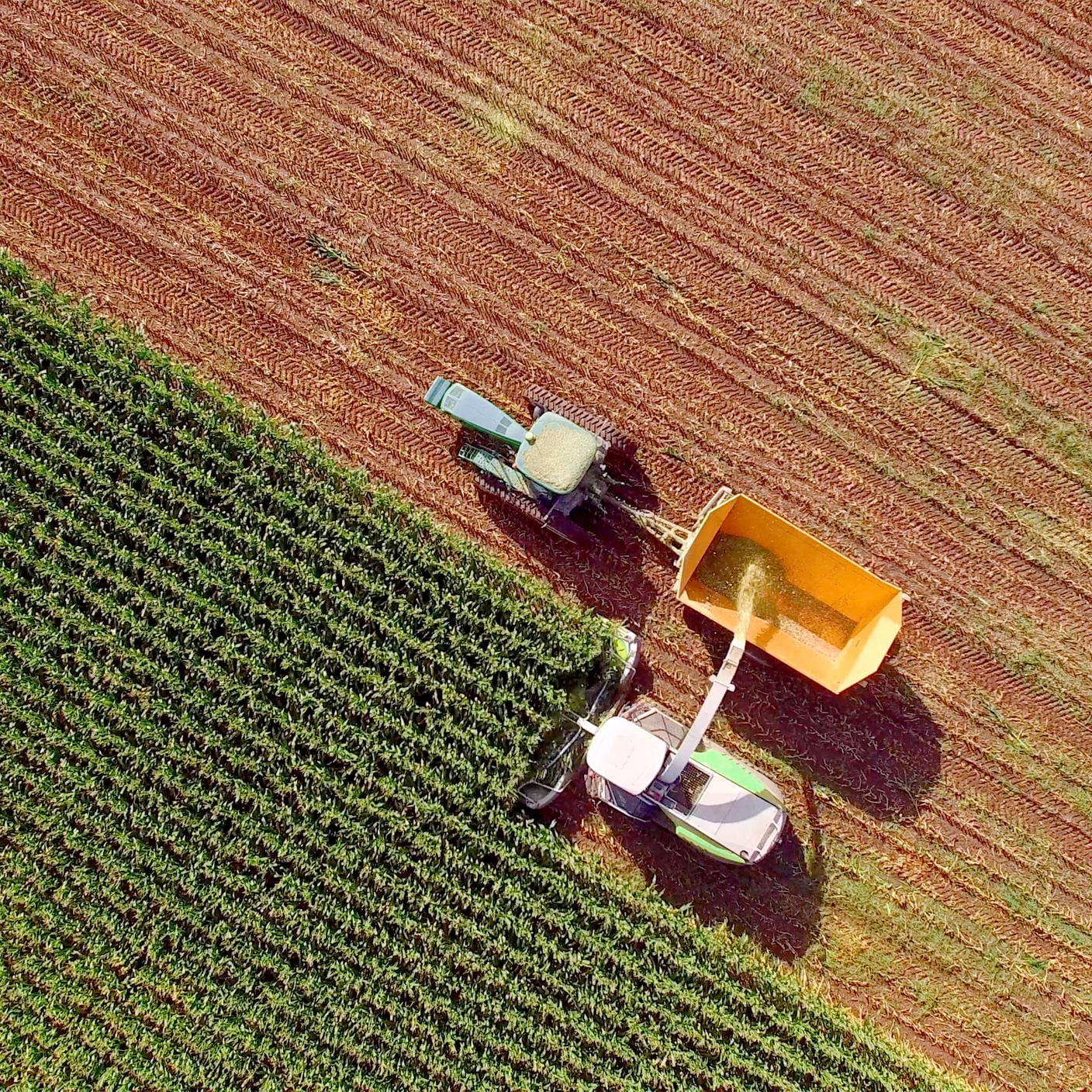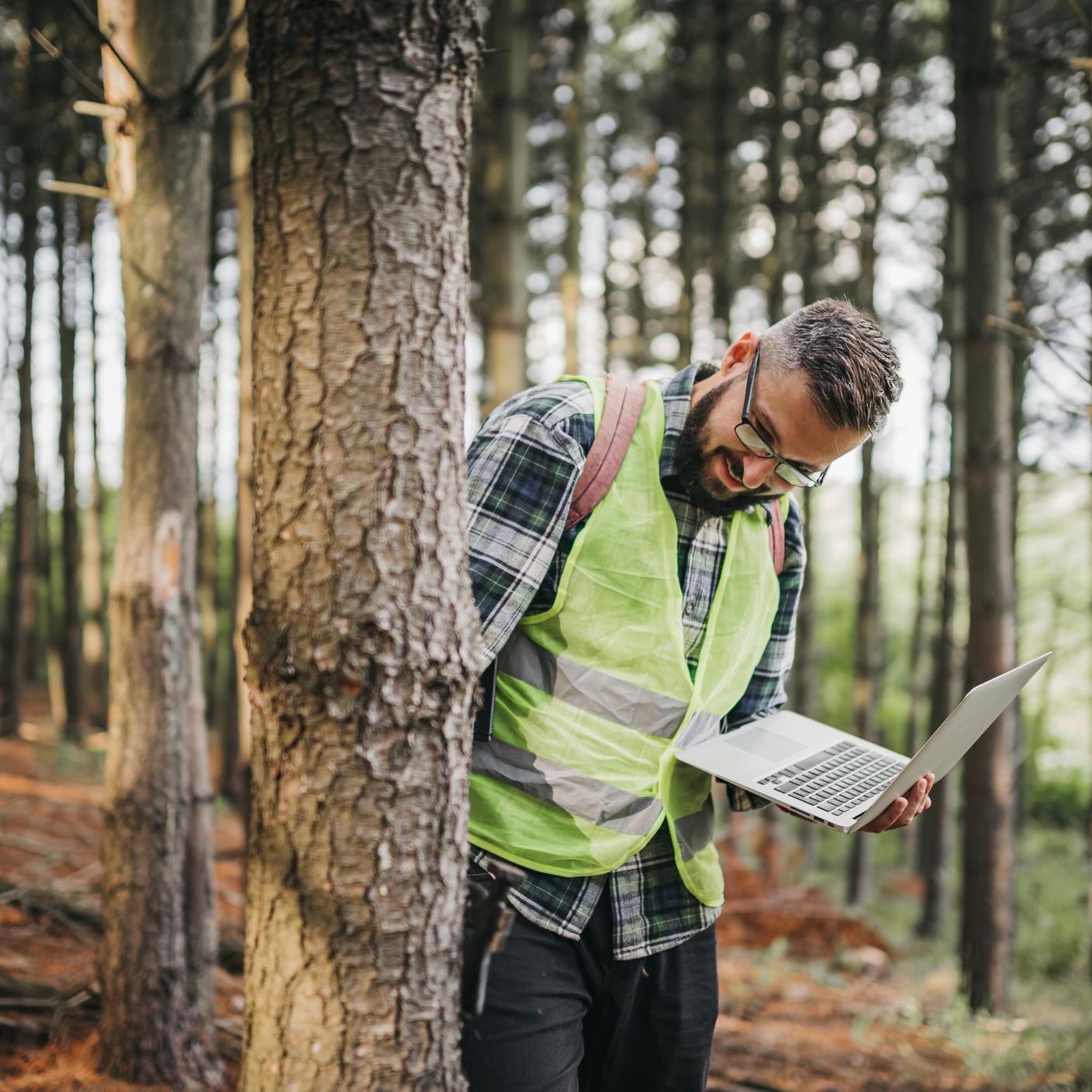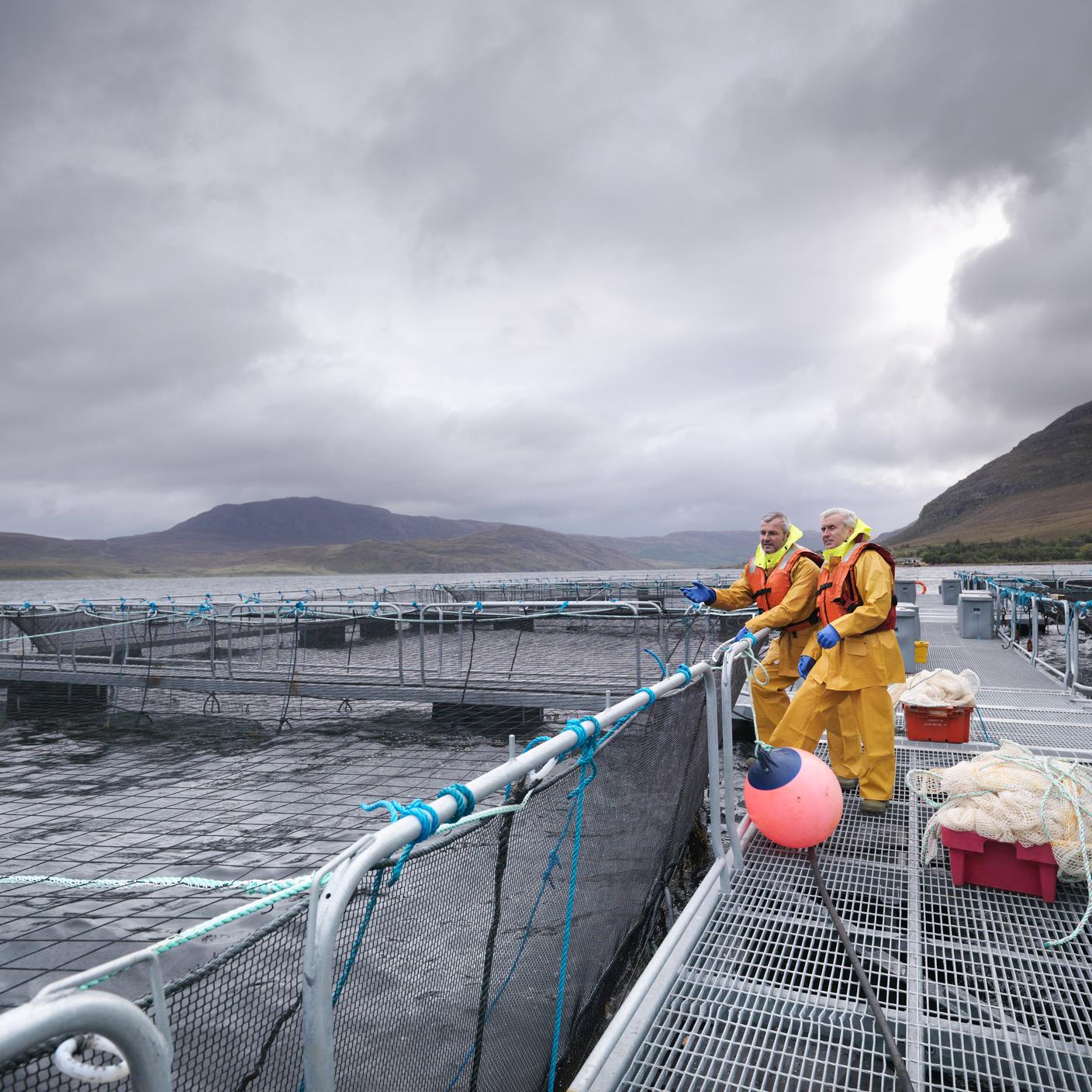Drawn from nature and used for food, fuel, shelter, medicine and other vital purposes, natural resources are fundamental to the success of society and the health of the planet. Natural resources can be renewable, such as wind, timber, and water, and non-renewable such as fossil fuels like coal, oil and natural gas.
As population rises and human life becomes more complex, the global economy is consuming ever more natural resources, leading to global challenges around climate change, biodiversity loss and pollution and waste. Demand for resources is expected to continue rising in the coming decades meaning that by 2060 resource consumption could reach levels 60% higher than those of 2020, driving increasing pressure on the earth’s natural ecosystems.
However, in 2024 the UNEP Global Resource Outlook reported the potential to turn the tide on natural resource consumption through policy, sustainable activities and innovation. Campaigns such as Earth Overshoot Day showcase the urgent need for action. Each year, Earth Overshoot Day marks the date that humanity’s demand for natural resources exceeds what Earth can regenerate within that year. The first Earth Overshoot Day was recorded as December 25th 1971. The goal is for us to collaborate, innovate and adopt solutions that will ultimately ‘move the date’ later every year. This year Earth Overshoot Day falls on August 1st - one day earlier than in 2023, meaning humanity has consumed Earth’s annual regenerative resources earlier than the previous year.
There are many ways organizations can drive positive change to help conserve Earth’s vital natural resources and ‘move the date’ of Earth Overshoot Day. From reducing emissions, practicing water stewardship to building trust in the circular economy, here are five steps to accelerate progress towards a sustainable world this Earth Overshoot Day and beyond:
Reducing emissions to achieve Net Zero
The extraction and processing of materials, fuels and food is understood to contribute half of total global greenhouse gas emissions and over 90 per cent of biodiversity loss and water stress. As such, taking steps to reduce an organization’s carbon footprint from natural resource consumption, and other activities, is essential. This involves adopting credible frameworks, transformational change and shared responsibility.
The ISO Net Zero Guidelines provide a common framework and support for organizations of any size, sector and jurisdiction to develop credible, holistic, net zero strategies. By adopting a common set of principles, sourcing quality data, setting meaningful goals, and tracking progress, organizations can adopt credible routes to emissions reduction and ultimately net zero.
In addition to developing a credible strategy, by engaging colleagues in their net zero journey organizations can empower their people to play their part in reducing emissions. In ‘Our Journey to Net Zero’, we share the lessons BSI learnt in our efforts to achieve Net Zero in our own operations by 2030.
Engage in water stewardship
Whilst water on Earth may appear abundant, only around 1-3% is freshwater of which only about 0.5% is considered accessible.
By engaging in water stewardship, organizations can mitigate their impact on freshwater supplies helping to ensure a water secure future for all. Thirst for Change, a collaboration between BSI and Waterwise, assesses the global water availability challenge and makes recommendations relevant to multiple regions and sectors.
Through collaboration, innovation, smart water consumption choices and embracing a circular economy mindset, organizations can drive positive change and help society realize important benefits such as being more resilient to climate change and drought, reducing emissions, meeting the needs of a growing population, supporting economic growth, protecting habitats and species and enabling fair global access to water.
Operate sustainable supply chains
Supply chains are networks between organizations, their suppliers and all the actors and players – individuals, contractors, distributors, logistics providers, technology partners – in between.
Organizations can drive sustainable choices and support resource security across their supply chains by steps including acting proactively on regulation, collaborating with their supply chain partners to set sustainability goals such as reducing inbound packaging and engaging in collaborative recycling and take-back schemes, and sourcing and reporting credible data to track progress.
Build confidence in circularity
In today's linear economy, the extraction of finite resources, the production of goods, and the disposal of waste are inefficient and expensive. Equally, it can put organizations at odds both with regulatory requirements, such as the European Waste Framework Directive, and stakeholder expectations around sustainability goals. By embracing the circular economy (where resources are re-deployed or reused, material use and resultant waste are addressed, and waste flows are turned into inputs for further production) organizations can limit their impact on finite resources, reduce waste and bring opportunities for positive economic impacts.
Underpinning circular claims and goals with the use of recognized external validation is one way organizations can build trust, achieve credibility with consumers and avoid greenwashing when embracing the circular economy. Starting by implementing a successful environmental management system (ISO 14001), organizations can then begin to integrate circular economy goals. To build on this, Principles of the Circular Economy in Organizations (BS8001) acts as a framework for all organizations to follow in implementing a relevant and transformational approach to the circular economy.
Circularity can relate to any resource, to including everyday items, from phones to toys, clothes or furniture. Manufacturers can build consumer trust in the processes and quality of refurbished and remanufactured goods by having them verified with the ‘Kitemark™ Remanufactured and Reconditioned Products’ scheme. Based on the Design for manufacture, assembly, disassembly and end-of-life processing standard (BS 8887), organizations using the scheme are awarded the Kitemark™ if it can be evidenced that products that are equal to or better than new in terms of quality, function, and durability.
Manage plastic consumption
While not the only resource used in abundance by individuals and organizations alike, global plastics production is reported to have doubled since the beginning of the century to almost 400 million metric tons per year.
Plastics are made from natural materials such as cellulose, coal, natural gas, salt and crude oil. The process of making plastics involves intensive extraction of natural resources, refining and distilling, polymerization and production for use. This is also one of the most energy-intensive manufacturing processes in the world. And the impact of plastic consumption doesn’t stop there. In 2015 it was reported that 60% of all plastic ever produced had become waste, and today plastic waste can be found in our air, soil, freshwater and oceans. OECD data reports that plastic waste is on track to triple by 2060 with around half ending up in landfill and less than a fifth recycled.
By undertaking plastic footprinting, embracing a circular economy mindset and engaging supply chains, organizations have the opportunity to effectively manage and reduce their plastic consumption and the associated waste. Organizations can source alternative packaging solutions and encourage their supply chain to do the same, set up effective waste management strategies and facilities to maximise recycling opportunities, engage colleagues and their clients on their organizational plastic reduction goals and empower stakeholders to play their part.
To mitigate the societal and environmental impacts of resource consumption and help to 'move the date’ of Earth Overshoot Day, organizations and the individuals in them have the opportunity to take action in both their internal and external operations. A sustainable future is one with fair, global access to necessary natural resources and where humanity benefits from these resources at a rate our planet can sustain. Now is the moment to partner across society to achieve this.







